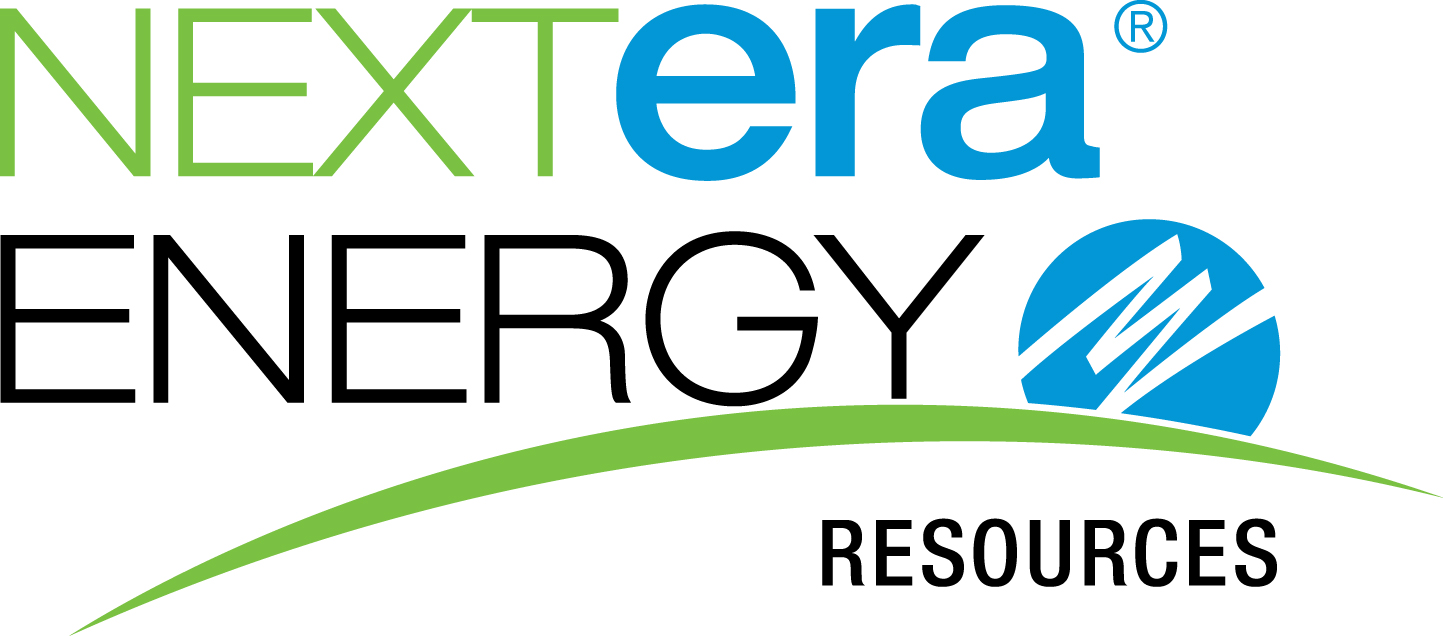Education
Bill Analysis: Senate's Bi-partisan Teacher Pay Incentive Program (SB 26)
3/5/25
While the House Public Education Committee discusses its comprehensive school finance reform, the Senate addresses teacher pay incentives as a stand-alone measure. Senate Bill 26 (SB 26) was swiftly voted out of the Senate on February 26 and now awaits consideration by the House.
The upper chamber's decision to separate its education funding priorities follows a similar approach from the 2023 legislative session. As the House and Senate exchanged proposals, teacher incentives and school finance measures were frequently adjusted during negotiations. Ultimately, no proposals were passed, leaving about $5 billion in school funding unallocated in state coffers for two years.
Despite the different legislative approaches, SB 26's provisions are similar to the teacher incentive proposals in House Bill 2. Below is a topline analysis of the proposed changes in SB 26.
Teacher Designation System Changes
Expands teacher designations to include a new category: "acknowledged teacher."
Allows National Board Certified teachers to be designated as "nationally board certified" instead of "recognized."
Sets an expiration date of September 1, 2028, for the designation of National Board Certified teachers.
Introduces new criteria for school districts and charter schools to be designated as "Enhanced Teacher Incentive Allotment Schools," requiring:
A strategic evaluation system for principals and assistant principals.
A performance-based compensation system for teachers and administrators.
Promotes the inclusion of all teachers in the teacher designation system, though not all teachers will receive enhanced designations.
A locally designed plan to place highly effective teachers in high-needs schools.
Changes to Teacher Incentive Allotments
Increases funding for teacher designation levels under the incentive program:
Master Teacher: Base amount increases to $12,000-$36,000 (previously $12,000-$32,000).
Exemplary Teacher: Base amount increases to $9,000-$25,000 (previously $6,000-$18,000).
Recognized Teacher: Base amount increases to $5,000-$15,000 (previously $3,000-$9,000).
Acknowledged Teacher: New category with allotments ranging from $3,000-$9,000.
Adds a 10% funding boost for schools designated as Enhanced Teacher Incentive Allotment Schools.
New Teacher Retention Allotment
Provides additional salary incentives for teachers based on years of experience.
Small districts (≤5,000 students)
$5,000/year for teachers with 3-5 years of experience.
$10,000/year for teachers with 5+ years of experience.
Larger districts (>5,000 students):
$2,500/year for teachers with 3-5 years of experience.
$5,500/year for teachers with 5+ years of experience.
Ensures districts use the funding for salary increases in the 2025-26 school year and maintain them in subsequent years.
Grant Program for Local Teacher Designation Systems
Establishes a grant program to help districts expand local teacher designation systems.
Aims to increase the number of teachers eligible for designations.
Grants will be tailored to meet district-specific needs and support regional leadership capacity.
Teacher Liability Insurance & Rights Protection
Requires the state education agency to contract with a third party to provide:
Assistance in understanding teacher rights, duties, and benefits.
Liability insurance coverage for teachers against third-party claims related to their teaching duties.
Prohibits districts from interfering with teachers’ access to these services.
Changes to Salary Deductions for Teacher Organizations
Modifies rules for payroll deductions for professional organization dues:
Allows deductions for entities providing liability insurance services.
Simplifies payroll deduction procedures by removing the need for employees to specify the number of pay periods for deductions.
Pre-Kindergarten Eligibility Expansion
Expands pre-K eligibility to children of public school classroom teachers employed within the same school district offering pre-K programs.
Adjustments to State Funding for School Districts
Provides additional state aid adjustments to help districts maintain financial stability when transitioning under new funding rules.
The House could adopt additional reforms from SB 26 under its House Bill 2, the omnibus school finance reform measure. Click here to review the analysis of HB 2.
For now, SB 26 remains eligible for referral to the House Public Education Committee. These differences in policy approach are an early signal that there will be efforts in each chamber to promote the preferred bill on any given issue. Those negotiations may be elevated to the Big 3 (House Speaker Dustin Burrows, Lt. Gov. Dan Patrick, and Governor Greg Abbott) for a final compromise.
For more updates and alerts on the Texas Legislature, click here to sign up for our weekly newsletter.
Read More

 The Houston Report
The Houston Report



















